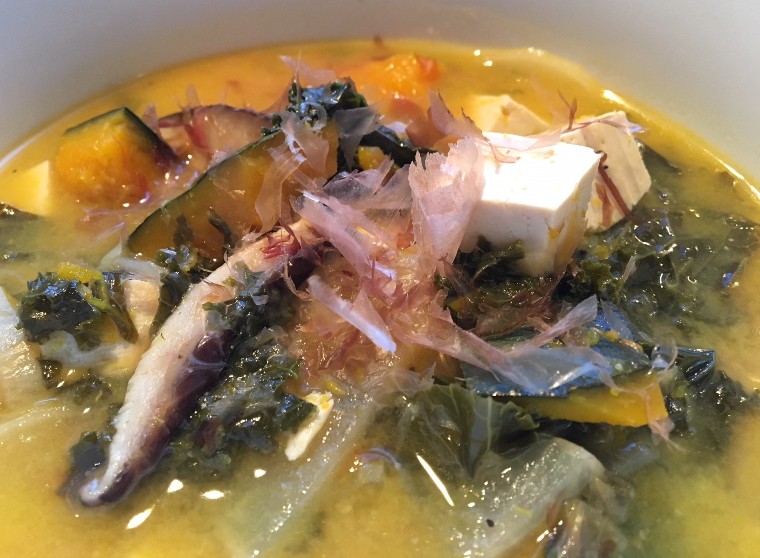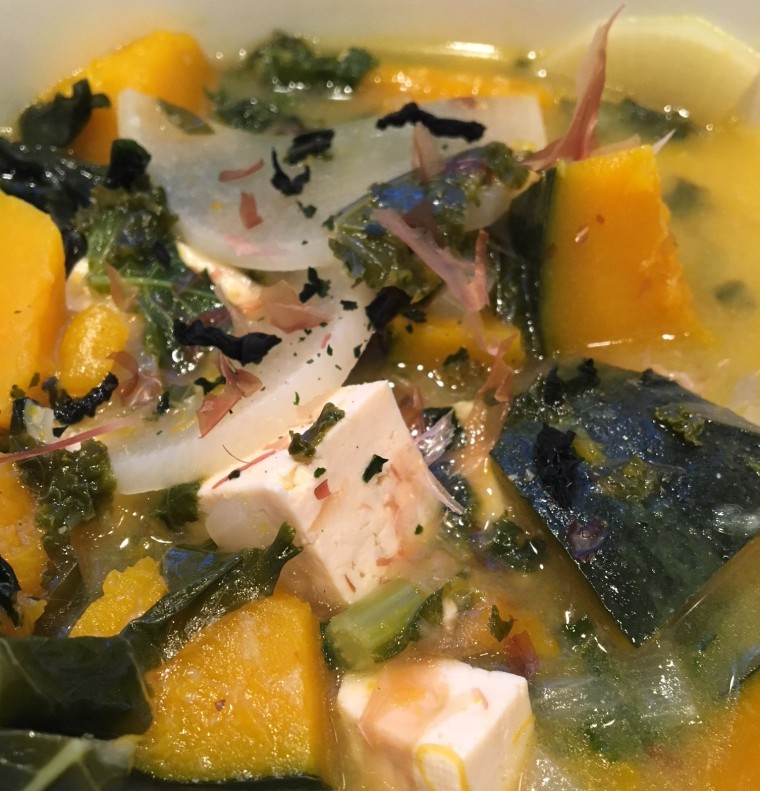This Japanese hot pot hodge-podge dish was my first encounter with kabocha squash and daikon, and it was glorious. Having previously avoided the Japanese hot pot craze, this also marked my first foray into that vaunted territory, so this initial trial was amateurishly executed, but the results tasted so good I must have done something right.
After trying out this miso soup from Candice Kumai’s ‘Kintsugi Wellness: The Japanese Art of Nourishing Mind, Body, and Spirit’, I aimed for something a little more complicated with her take on a Japanese hot pot. With its miso base and healthy ingredients (kabocha, tofu, and kale) it is a power -food stew particularly well-suited to the winter.
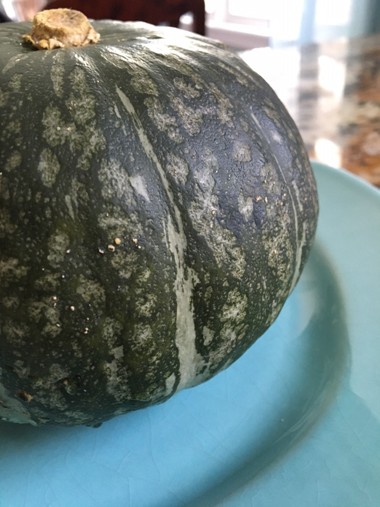
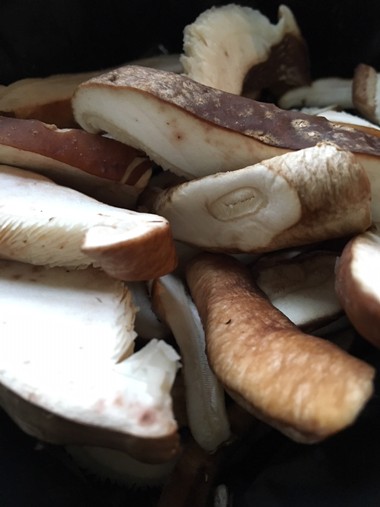
My favorite part was easily the kabocha squash, whose nutrient-rich skin is also edible once cooked a bit. I microwaved it for about four minutes before it went in the stew, which made for a more pliable gourd. After cutting it in half and scooping out the seeds, I chopped it into chunks, keeping the skin intact. (Have faith and go with it.)
This was also my virgin brush with daikon, which I peeled, cut in half, and sliced into little half moons. Tasting one, I relished the distinctive radish bite – the perfect contrast to the mellow, buttery nuttiness of the squash. Based on these two ingredients alone, we were well on the way to something good, but more flavor was coming.
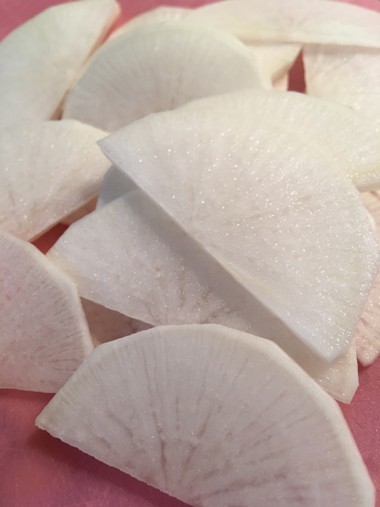
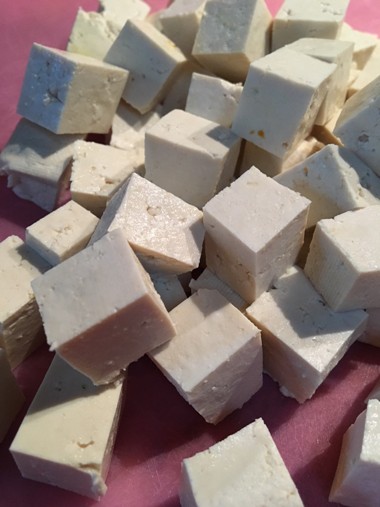
The base of this is a decent sprinkling of toasted sesame oil, a thinly-sliced yellow onion, some freshly-grated ginger, a hefty helping of miso paste (see if you can find a low-sodium version) and an ample dash of mirin for deglazing. There is a big bunch of kale in the version I made (the original recipe says collard or mizuna greens can also be used) and a cup or two of super-firm tofu chopped into little cubes. It doesn’t get much healthier than that. For additional earthy flavor, there’s a heaping pile of shiitake mushrooms. Taken together, the ingredients turn about six cups of water into a golden stew. The kabocha skin softens into something firm but yielding – a most interesting texture that never veers into anything tough or crunchy. Try it out – if you really don’t like it, leave it off (along with all those extra vitamins ensconced within the green skin).
I sprinkled a bowl with some bonito flakes and some wakame seaweed (I’ll see if I can upload a YouTube video to give you the magical full-motion effect of those fish flakes). It was so good I didn’t even miss the optional Togarashi that was recommended as a light topping/garnish.
My next meet-up with miso may be the miso chocolate chip cookies that Ms. Kumai raved about in her book. It’s a winter of miso madness, but I’m not mad about it in an angry way. Miso makes me happy.
